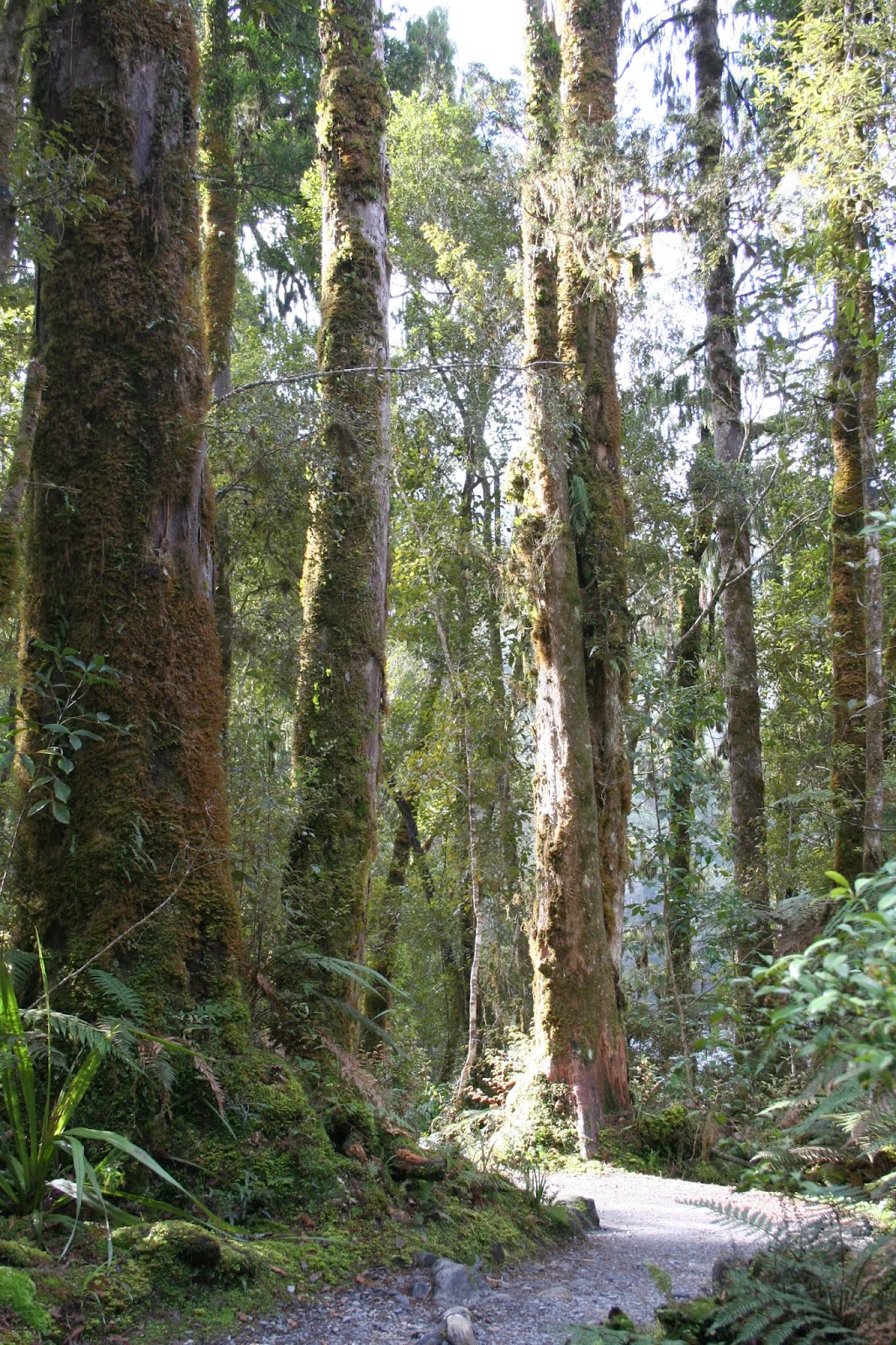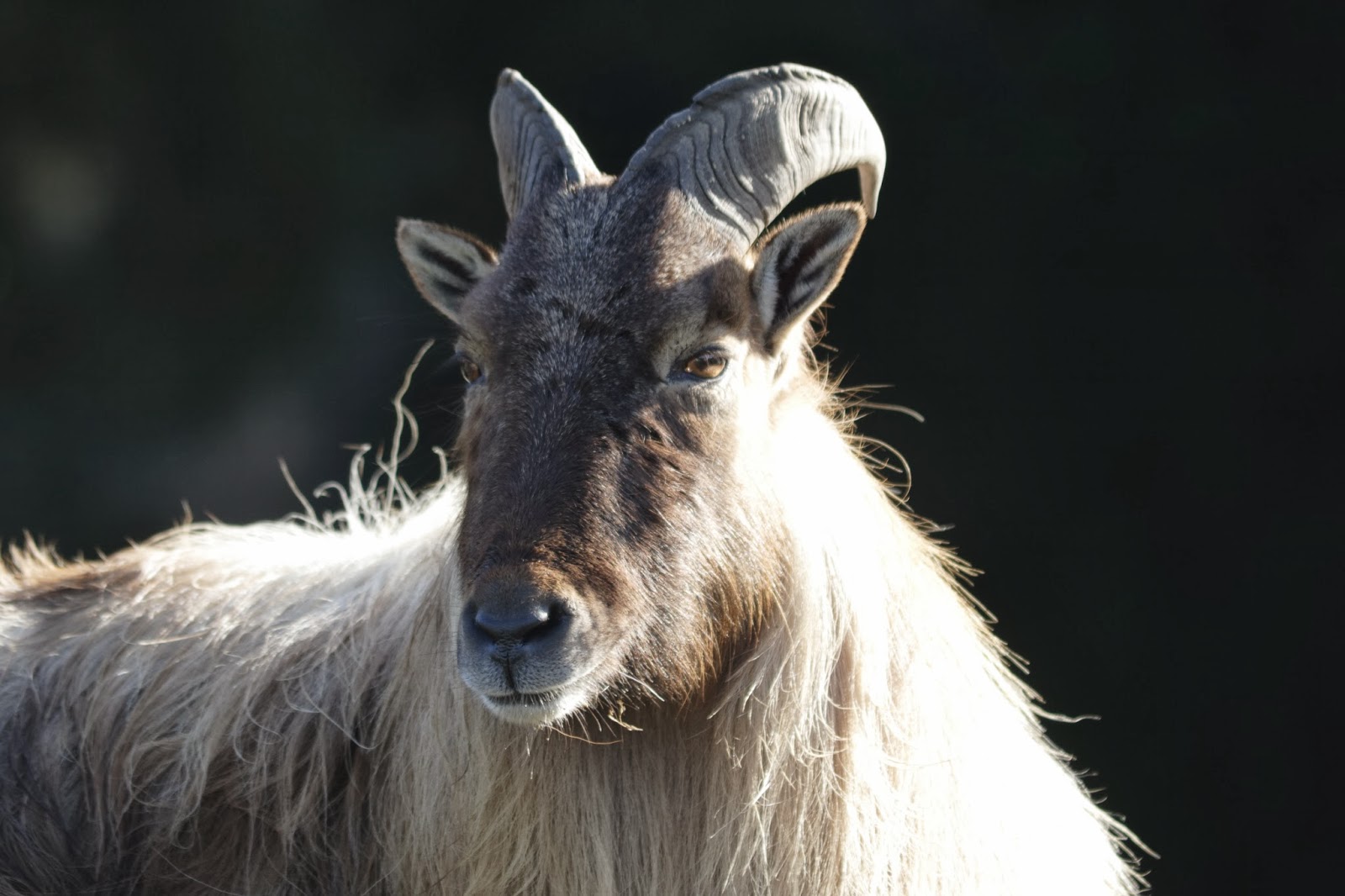Stage One; Part B
After passing through Greymouth, the birthplace of our youngest daughter, Kathryn, we motored on down to Hokitika, a small town on the coast that once hosted a thriving port.
Founded on gold mining in 1864, it was a centre of the West Coast Gold Rush. By late 1866, it was one of New Zealand's most populous centres.
On September 16, 1867 there were 41 vessels alongside the wharf at Hokitika, in some places three and four deep. In 1867, the port of Hokitika ranked first in New Zealand in both the number of vessels entered inwards and in the total value of exports (principally gold). It became the capital of New Zealand's short-lived Westland Province from 1873 until the abolition of provinces in 1876.
The population has declined greatly since that time but the population of the Westland District is now on the rise thanks to "lifestyle inhabitants". Almost 30% of the district's rate-payers live outside of Hokitika.
The river mouth has now silted up and now only the odd brave fisherman crosses the bar.
My earliest memory of the place is of a trip with my father in Cessna 180 ZK-BFT on 27th December 1957. There, he bought me a small metholated spirits fueled steam engine for my birthday that was a few days later. I remember flying back to Queenstown sitting on the cold aluminium floor of the rear of the aircraft - the seats having been removed for carrying cargo - and the front passenger seat being occupied by Trevor Cheetham, another pioneer pilot of the Queenstown area. I recall a close inspection of the top of Mt Cook. But I digress.
We met up with brother Marty and his partner Trish, and took a tiki tour in his car up to Lake Kanieri. We looked at a piece of land he has his eye on before returning to Hokitika where we re-mounted our traansport and followed Marty to his current abode up the Waitaha Valley. The turnoff is just north of Pukekohe. Marty is working on a farm where they milk 1,200 cows every 16 hours - not twice a day as used to be the norm.
An unusual part of the trip was crossing the Taramakau Road-Rail bridge north of Hokitika. Not many places in the world have trains and road transport
sharing the same bridge!
Taramakau Road Rail Bridge
































